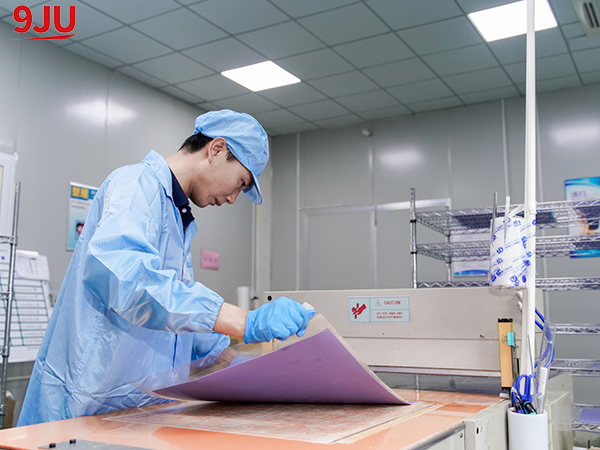Thermal conductive silicone pads are widely used in electronic devices to transfer heat away from sensitive components. To ensure the effectiveness and reliability of these pads, it is crucial that they are rigorously tested using appropriate methods. In this article, we will explore various testing methods for thermally conductive silicone pads to evaluate their thermal performance and suitability for specific applications.
1. Thermal conductivity test:
One of the most important properties of thermal silicone pads is their ability to conduct heat. Thermal conductivity of these pads can be measured using a variety of methods, including the hot plate method, laser flash method, and guarded heat flow meter method. These tests involve applying a heat source to one side of the pad and measuring the temperature difference across the material to determine its thermal conductivity. This information is critical to understanding how effectively the pad transfers heat from one surface to another.
2. Thermal resistance test:
Thermal resistance is another key parameter to evaluate when testing thermally conductive silicone pads. The thermal resistance of a pad can be determined by measuring the temperature difference between the two surfaces the pad contacts when a known amount of heat is applied. This test helps understand how effectively the pad dissipates heat and maintains low thermal resistance, which is critical to preventing electronic devices from overheating.
3. Mechanical testing:
In addition to thermal performance, the mechanical integrity of thermally conductive silicone pads is also important. When installed in electronic equipment, these pads are often subject to pressure and compression. Therefore, it is necessary to test their mechanical properties, including tensile strength, elongation at break, and compression set. Tensile strength and elongation at break tests help understand a material’s ability to withstand tensile and tensile forces, while compression set testing evaluates the pad’s ability to return to its original shape after compression. These tests ensure that the pad maintains its thermal conductivity and physical integrity under actual operating conditions.
4. Aging and environmental testing:
Thermal silicone pads are exposed to a variety of environmental conditions during their service life, including temperature fluctuations, humidity, and exposure to chemicals. Therefore, it is important to subject these pads to aging and environmental testing to evaluate their long-term performance and stability. Accelerated aging tests, such as thermal cycling and humidity exposure, can simulate the effects of long-term use and environmental stress on the pad. These tests help predict brake pad durability and reliability in real-world applications.
5. Thermal resistance test:
Thermal impedance testing is another important method for evaluating the thermal performance of silicone pads. This test involves measuring the temperature rise on the pad when a known power is dissipated through the pad. By analyzing a pad’s thermal resistance, engineers can determine how effectively the pad transfers heat and maintains low thermal resistance, which is critical for efficient heat dissipation in electronic devices.
6. Adhesion test:
The bond strength of a thermally conductive silicone pad is critical to ensuring proper contact and heat transfer between the pad and the surface it contacts. Adhesion testing involves measuring the force required to separate the pad from the substrate. This test helps evaluate the bond strength of the pads and their ability to maintain consistent contact under varying conditions, such as temperature changes and mechanical stress.
In summary, testing thermally conductive silicone pads is critical to ensure their thermal performance, mechanical integrity, and long-term reliability in electronic devices. By using a combination of thermal conductivity, thermal resistance, mechanical, aging, thermal impedance and adhesion test methods, engineers can thoroughly evaluate the suitability of these pads for a specific application and ensure optimal thermal management in electronic systems.
Post time: Jul-01-2024


